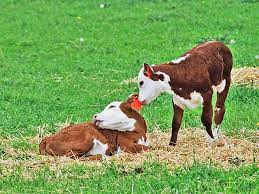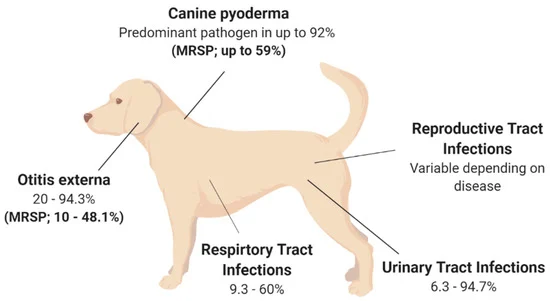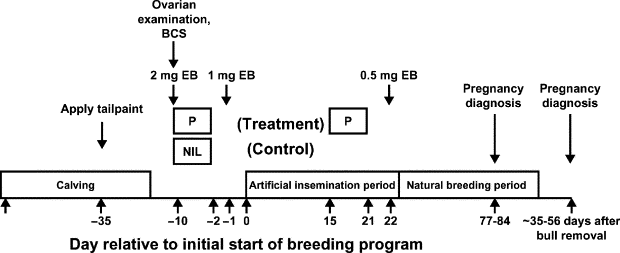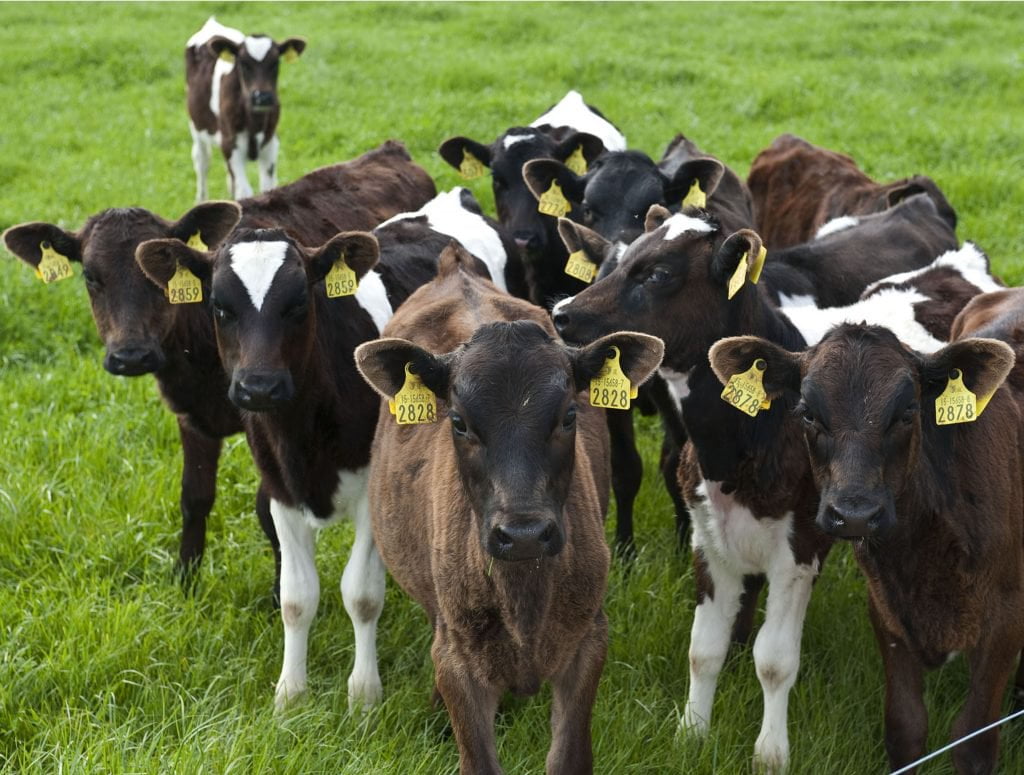Freemartinism This is one of the most common reproductive abnormalities, mainly congenital, affecting female cattle. It occurs when both male and female conceptus are present in the same uterus. In cattle there is a tendency for the placenta of twin fetuses to merge, thereby causing the circulatory system of the twins to become interconnected. This often affects the development of the female sex organs of the female twin probably due to the androgens of the male blood circulation. Freemartinism is the most commonly recognized noninflammatory condition resulting in infertility involving the tubular reproductive…
Day: December 7, 2023
Epivag I Meaning,Signs &Treatment (new)
Epivag Common Names: Infectious epididymitis, Cervici-vaginitis A disease characterized by vaginitis in cows and epididymitis in bulls occurs sporadically in eastern and southern Africa, where it is referred to as epivag Epivag is a rare chronic venereal infection of cattle probably caused by a virus. It occurs in East and Southern Africa. In the 1930s the disease was rampant in Eastern and Southern Africa, prompting the creation of the world’s first national AI service to control it in Kenya. It has now become sporadic and reports are unusual. The infection…
Pyometra | Causes, Symptoms & Treatment (new)
Pyometra This condition is due to an accumulation of pus in the uterus and can occur after chronic endometritis or may result from the death of an embryo or fetus with subsequent infection by Corynobacterium pyogenes bacteria. The situation may persist undetected for some time and may be confused for pregnancy. Pyometra is a serious and potentially life-threatening infection of the uterus that causes it to fill with bacteria and pus. Many dogs with a pyometra have vaginal discharge and may feel very sick with a poor appetite, lethargy, vomiting and sometimes increased thirst or…
Endometritis in Dairy Cows Causes,Clinical Signs and Management (new)
Endometritis This is the inflammation of the endometrium (internal lining and mucus membrane of the uterus). It occurs as a result of an infection by microorganisms. Infection normally occurs during mating or around labour and delivery by such organisms as Campylobacter fetus (See Brucellosis) or Trichomonas fetus (See Leptospirosis) and other opportunistic bacteria like the Corynobacterium pyogenes, E. coli and Fusobacterium necrophorum. Endometritis often occurs following difficult or abnormal labour or delivery and/or retained placenta. Endometritis is a localized inflammation of uterine wall and usually a cause for bovine infertility.The causal organisms usually reach the uterus at coitus, insemination, parturition…
Anoestrus (new) I Mshindo Media
Causes of infertility Causes of infertility can be very many. Below some of the more common ones: Anoestrus Anoestrus is a condition where some cows do not show heat signs for a long time after calving. In this case, no ovulation takes place. The condition can be caused by an infection or inflammation of the uterus and underfeeding of the cow, especially with minerals. Anoestrus. Cows in anoestrus show no heat activity, because the process of follicle development does not lead to ovulation. Anoestrus is normal in the post-partum cow, but most dairy…
Milk fever (new) I Mshindo Media
Milk fever is a condition of mature dairy cows that occurs a few days before, but mostly immediately after calving. It is common in imported high yielding dairy cows, especially Friesian or Channel Island breeds such as Jersey or Guernsey. Milk fever does not occur in indigenous cows. Milk fever is caused by low calcium levels in the body due to the sudden onset of lactation at calving. The nutritional status of the cow in the dry period is known to influence the risk of the disease. Diets low in dry matter such as lush pastures and diets with high calcium during dry…
Retained Placenta: Signs, Cause, Symptoms& Treatment (new)
After giving birth cows sometimes do not drop the afterbirth (placenta) immediately. This can cause problems as decaying placenta tissue can cause a serious bacterial infection of the cow and if untreated the cow can even die. Normally expulsion takes place within 3-8 hours after delivery of the calf. Retained placenta is a common complication after calving; if the cow doesn’t shed those membranes within about 12 -24 hours, it’s considered to be “retained.” Call a veterinarian after 12 hours to judge the situation and watch your cow closely. dont remove…
Birth and Reproduction complications (new) I Mshindo Media
Introduction There are various diseases and abnormalities that affect the reproductive system of domestic animals. These diseases commonly result in early embryonic deaths, abortions, mummification and infertility. Following the infectious disease, animals may end up with other related conditions such as Endrometitis and Pyometra. All these result in lost income to the farmer as the animals may be unable to give birth again. Brucellosis and Q-fever are also highly contagious, and may transfer to people causing agonizing pain and sickness and very expensive medication, so paying close attention to the reproductive health of your animals is…
Animal Births/Parturition in cattle, goats and sheep I Mshindo Media (new)
Birth in livestock is a natural process and normally does not need any human interference. But sometimes there can be birth problems where the dam needs assistance from the farmer/pastoralist. The normal birth Pregnancy in cattle lasts on average 280 days. It can be one week less or up to two and a half weeks more. If the cow has twins she will normally give birth before the 280 days are over. In goat and sheep pregnancy lasts 144 – 155 days, in pigs 110 – 118 days, in horses…
Animal Diseases Diagnosis I Mshindo Media (new)
Introduction – signs of disease Animal disease, an impairment of the normal state of an animal that interrupts or modifies its vital functions. Farmers and pastoralists know that animals are sick when they notice changes in behavior such as refusal to eat, keeping to shady areas, or physical signs such as different breathing, coughing, body swellings and weakness etc. Serious livestock farmers will keep observing their animals on daily basis to make sure no such signs miss their attention. It is important to catch such symptoms at an early stage in order to treat before…











